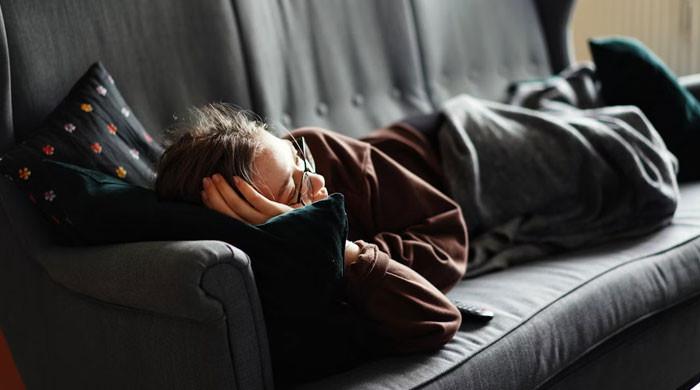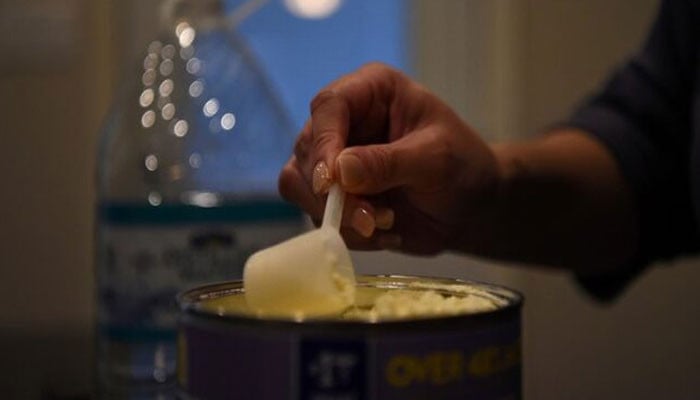A new study of Monash University has demonstrated a significant correlation between previous bed times and physical activity the next day, because it revealed that going to bed earlier can improve the daily training levels.
This study, published in the Proceedings of the National Academy of Sciences (PNAS)was led by Monash Univeristy researchers who analyzed a huge data set that was collected from wearables supported by nearly 20,000 people worn for a year, which resulted in about six million data points about sleep and activity.
Although the study does not establish a definitive cause and-effect relationship, its findings offer valuable insights for public health initiatives aimed at improving physical activity through better sleeping habits, according to Scientific warning.
“These insights have meaningful implications for public health,” said psychologist Josh Leota of Monash University. “Instead of only promoting independent sleep and physical activity, health campaigns can encourage earlier bed times to promote active lifestyle naturally.”
The findings indicated a clear trend: an earlier bedtime consistently tailored to more moderate to powerful exercise the next day.
For example, participants who went to bed at 9 p.m. made an average of 30 minutes more exercise than those who retired at 1 am, and 15 minutes more than that with a bedtime of 11 pm (which was the average for all participants).
The sleep duration also played a role, although with a nuanced result.
Those who have captured an average of five hours of sleep 41.5 more minutes exercise compared to that of an average of nine hours. However, the researchers warn that the benefits of increased exercise in this scenario can be prevented by the negative effects of lack of sleep.
Perhaps the most intriguing finding was that individuals who went to bed earlier than their usual time, while still maintaining their typical sleep time, had the tendency to reach personal records in activity time the next day.
The researchers propose various explanations for these observations.
Later bed times can be an indication of generally busier persons, and an earlier bedtime could reduce the chance that the sleeping or repeatedly pressed on the sleep-button, although specific wake-up times were not part of the data of the study.
“Standard 9-to-5 routines can collide with the natural sleeping preferences of evening types, which leads to social jet lag, poorer sleep quality and increased sleepiness during the day-what can reduce motivation and opportunities for physical activity the next day,” Leota explained.
The study checked for factors such as age, Body Mass Index and whether the day was a weekday or weekend.
Moreover, a similar, albeit less pronounced, relationship was observed in a second, more diverse dataset of 5,898 individuals, who strengthen the first results.
Although this study establishes a strong correlation, it is important to note that the causal link does not definitively prove. Other underlying factors, such as the natural construction of an individual and a “night owl”, can contribute to both later sleeping and lower training levels. Further research is needed to completely unravel these variables.
“Sleep and physical activity are both crucial for health, but so far we have not fully understood how complicated they are in daily life,” said psychologist Elise Facer-Shilds, also of Monash University.
“Our findings are consistent in different populations and show that if you can sleep earlier than normal, while keeping your sleep time the same, you might be more likely to increase your physical activity the next day.”






